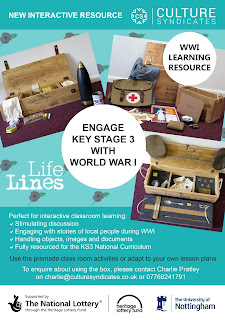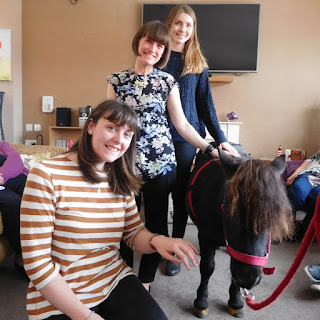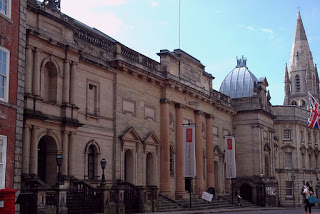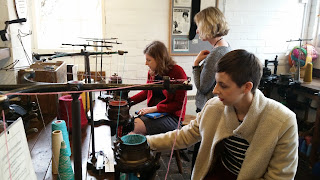The Relationship between Museums and Natural Heritage:

28th April 2018 In Enivironmental Heritage , Industry Trends And Critical Analysis As the future of the environment comes to the forefront of public consciousness, so has natural heritage become important when considering the conservation and preservation of the world and history around us. As part of Museum Week, Ellen discusses the role and importance of natural heritage in the heritage sector, as well as offering some tips on how you can help. Natural heritage is, essentially, the natural world around us – from the land we stand on and the views we admire, to the animals and creatures that fill it. Britain is fortunate enough to have an incredibly diverse natural landscapes, varying from natural temperate forest, to man-made moorland and farmland, and supports a mind-boggling variety of flora and fauna. However, all that is at risk: the 2013 UK State of Nature report shows that 60% of analysed species have declined in the past 50 years. Despite the growing desire to protect th




